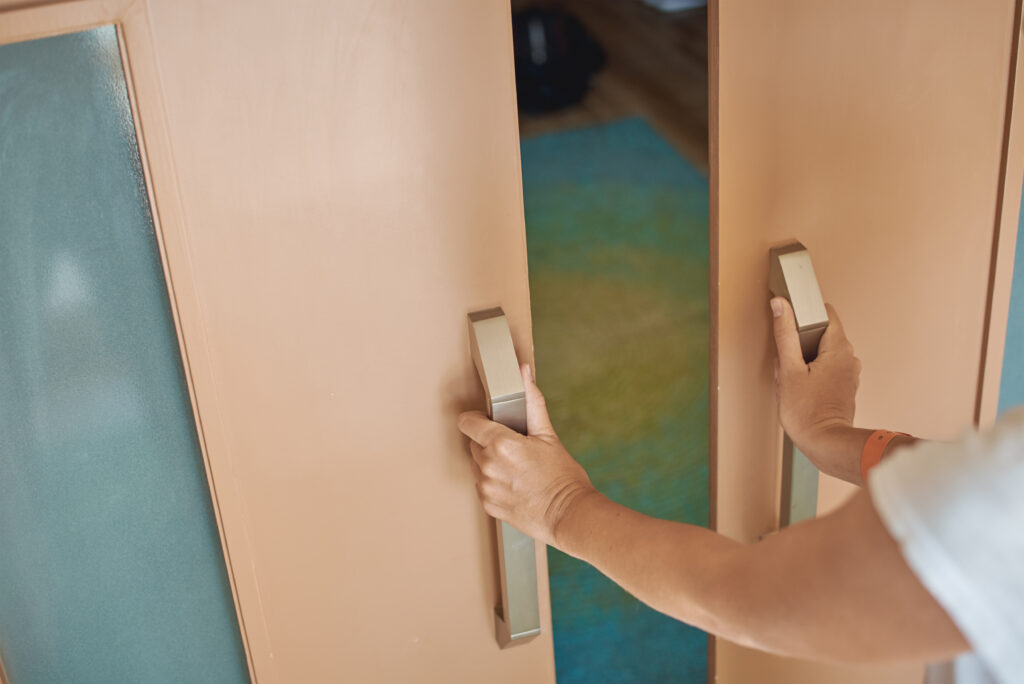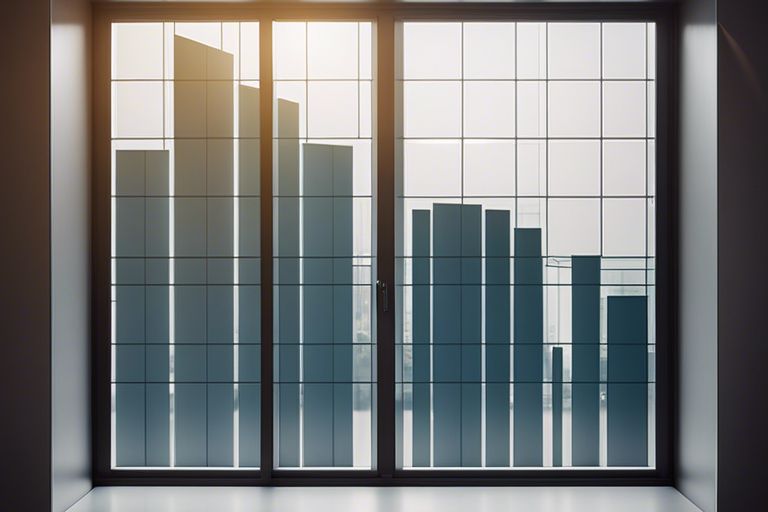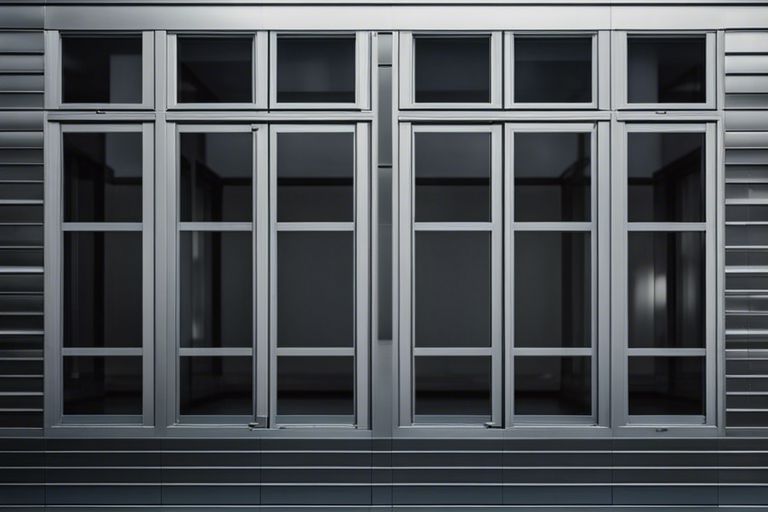When it comes to installing flat rooflights in a building, understanding their thermal performance is crucial. Proper insulation and energy efficiency are not only important for maintaining a comfortable indoor environment but also for reducing energy costs and carbon footprint. In this blog post, we will probe into what factors to consider when evaluating the thermal performance of flat rooflights, including the type of glazing, frame material, and installation method. By considering these key aspects, you can ensure that your flat rooflights provide optimal thermal performance, contributing to a more sustainable and energy-efficient building.
Key Takeaways:
- Heat retention: Flat rooflights require high-performance glazing to maximise thermal efficiency and prevent heat loss.
- U-values: Consider the U-values of the rooflight to ensure it meets building regulations and provides adequate insulation.
- Installation and ventilation: Proper installation is essential to minimise thermal bridging, and providing adequate ventilation can help regulate temperature and prevent condensation.

Understanding Flat Rooflights
Definition and Types of Flat Rooflights
Flat rooflights are skylights designed to be installed on flat roofs to allow natural light into a building. They are becoming increasingly popular in modern architecture due to their sleek and minimalist design. There are two main types of flat rooflights: fixed and opening. Fixed rooflights are stationary and do not open, while opening rooflights can be manually or electronically operated to provide ventilation.
| Definition | Skylights for flat roofs |
| Types | Fixed and opening |
| Design | Sleek and minimalist |
| Functionality | Provide natural light and ventilation |
| Popularity | Increasing in modern architecture |
This versatility makes flat rooflights suitable for a wide range of applications, from residential homes to commercial buildings. Architects and designers often choose flat rooflights to create bright and airy spaces, adding value to the overall design of a property. Installers appreciate the ease of installation and maintenance of flat rooflights, making them a practical choice for any building project. This makes flat rooflights a popular choice for those looking to enhance their indoor environment with natural light.
Benefits of Using Flat Rooflights in Buildings
One of the key benefits of using flat rooflights in buildings is the enhanced natural light they provide. Natural light has been proven to boost productivity, improve mood, and promote well-being in occupants. Additionally, flat rooflights can help reduce the need for artificial lighting, leading to energy savings and a lower carbon footprint.
Furthermore, flat rooflights can improve thermal performance in buildings by increasing natural ventilation and reducing the reliance on air conditioning. This not only creates a more comfortable indoor environment but also contributes to sustainable building practices. Architects and building designers can take advantage of these benefits to create modern and eco-friendly buildings that prioritise occupant well-being and energy efficiency.

Factors Affecting Thermal Performance
When it comes to thermal performance of flat rooflights, there are several key factors to consider. Understanding these factors is essential in ensuring energy efficiency and comfort in your living or working space.
Materials and Insulation
One of the most crucial factors affecting the thermal performance of flat rooflights is the choice of materials and insulation. Opting for high-quality materials such as double or triple glazing units with low-emissivity coatings can significantly improve thermal efficiency. Additionally, proper insulation around the frame of the rooflight is vital in preventing heat loss and cold bridging.
Ensuring that the materials used are durable and resistant to weather conditions is essential in maintaining the thermal performance of the flat rooflight over time. The use of insulating materials with high R-values can enhance energy savings and overall comfort levels in the building.The.
Glazing Options and Coatings
Another critical aspect to consider is the glazing options and coatings of flat rooflights. Choosing the right glazing can make a significant difference in heat retention and light transmission. Low-E coatings can help to reduce heat loss while allowing natural light to enter the space.
Furthermore, selecting glazing options with argon gas fillings or warm edge spacers can further enhance the thermal performance of the flat rooflight. These features contribute to reduced energy bills and a more comfortable environment throughout the year.The.

Design Considerations for Optimal Efficiency
Sizing and Placement of Flat Rooflights
When it comes to sizing and placement of flat rooflights, several factors must be carefully considered to ensure optimal efficiency. The size of the rooflight should be proportionate to the size of the room it is illuminating, allowing for maximum natural light penetration. The strategic placement of rooflights is crucial to minimise glare and overheating while still providing adequate daylighting.
Proper sizing and placement of flat rooflights can also help to enhance the overall aesthetic appeal of the space. By carefully considering the orientation of the rooflight, it is possible to maximise sunlight exposure during the colder months while minimising solar heat gain in the warmer months, thus improving the overall energy efficiency of the building.
Integration with Building’s Total Thermal Envelope
When integrating flat rooflights into a building’s total thermal envelope, it is crucial to consider how they can impact the overall thermal performance of the structure. Proper insulation and airtightness around the rooflights are essential to prevent heat loss and air leakage, ensuring that the building remains energy efficient throughout the year.
Additionally, integrating flat rooflights seamlessly with the building’s total thermal envelope can help to reduce the reliance on artificial lighting during daylight hours, further enhancing the building’s energy efficiency and sustainability credentials.
Installation and Maintenance
When it comes to installing and maintaining flat rooflights, there are key factors that need to be considered to ensure optimal performance and longevity. Proper installation practices and regular maintenance routines play a crucial role in sustaining the thermal efficiency and durability of these architectural features.
Installation Best Practices
First and foremost, it is essential to hire a qualified and experienced professional to carry out the installation of flat rooflights. They should follow the manufacturer’s guidelines meticulously to guarantee a secure and weatherproof fit. Proper sealing and insulation are paramount to prevent any water ingress or heat loss, so attention to detail is crucial at every step of the installation process.
Furthermore, ensuring that the surrounding roof structure is in good condition and can support the weight of the flat rooflight is imperative. Proper drainage systems should also be in place to prevent water pooling, which can lead to deterioration of the rooflight and surrounding areas over time.
Maintenance Tips for Sustained Performance
Regular maintenance is key to ensuring the sustained performance of flat rooflights. Inspecting the seals, hinges, and glass panels annually is essential to detect any signs of wear and tear or potential issues. Cleaning the glass surface regularly with a mild detergent and soft cloth can help maintain the aesthetics and clarity of the rooflight.
It is also recommended to clear any debris or dirt accumulation around the rooflight and ensure that the drainage channels are free from obstructions. Regular inspection and maintenance can prevent water ingress, condensation build-up, and other issues that may compromise the thermal efficiency and structural integrity of the flat rooflight. Perceiving these issues early on can save you from costly repairs in the long run.
Conclusion: Flat Rooflights and Thermal Performance – What to Consider
When choosing flat rooflights, it is essential to consider their thermal performance to ensure energy efficiency and comfort in your space. Factors such as glazing options, frame materials, and installation methods can significantly impact the overall thermal efficiency of your rooflights. By investing in high-quality products with low U-values and excellent insulation properties, you can reduce heat loss, save on energy costs, and create a more sustainable living environment. Remember to consult with professionals to assess your specific requirements and determine the best solutions for your flat rooflight needs.
FAQ
Q: What is the importance of thermal performance in flat rooflights?
A: Thermal performance in flat rooflights is crucial as it directly impacts the energy efficiency of a building. Proper insulation and thermal resistance help in maintaining a comfortable indoor temperature and reducing heating and cooling costs.
Q: How can the thermal performance of flat rooflights be improved?
A: The thermal performance of flat rooflights can be enhanced by using high-quality, energy-efficient glazing materials such as double or triple glazing with low emissivity coatings. Additionally, ensuring proper sealing and installation can prevent air leakage and heat loss.
Q: What factors should be considered when choosing flat rooflights for better thermal performance?
A: When selecting flat rooflights for improved thermal performance, factors such as U-value, solar heat gain coefficient, air leakage, and insulation materials should be taken into account. Opting for rooflights with higher thermal resistance and energy ratings can help in achieving better thermal efficiency.






